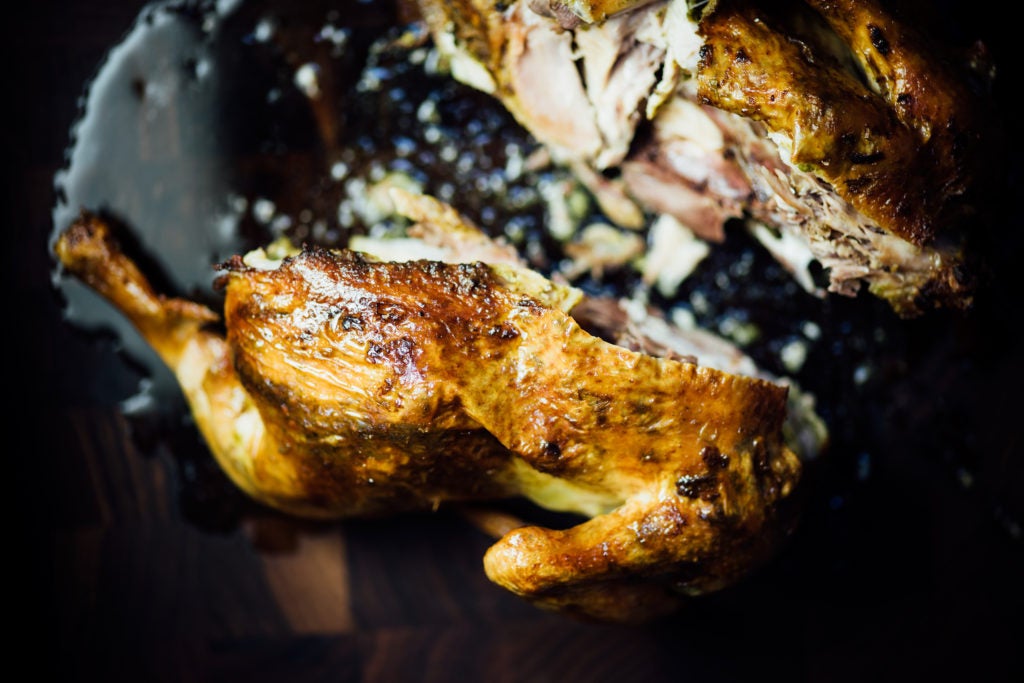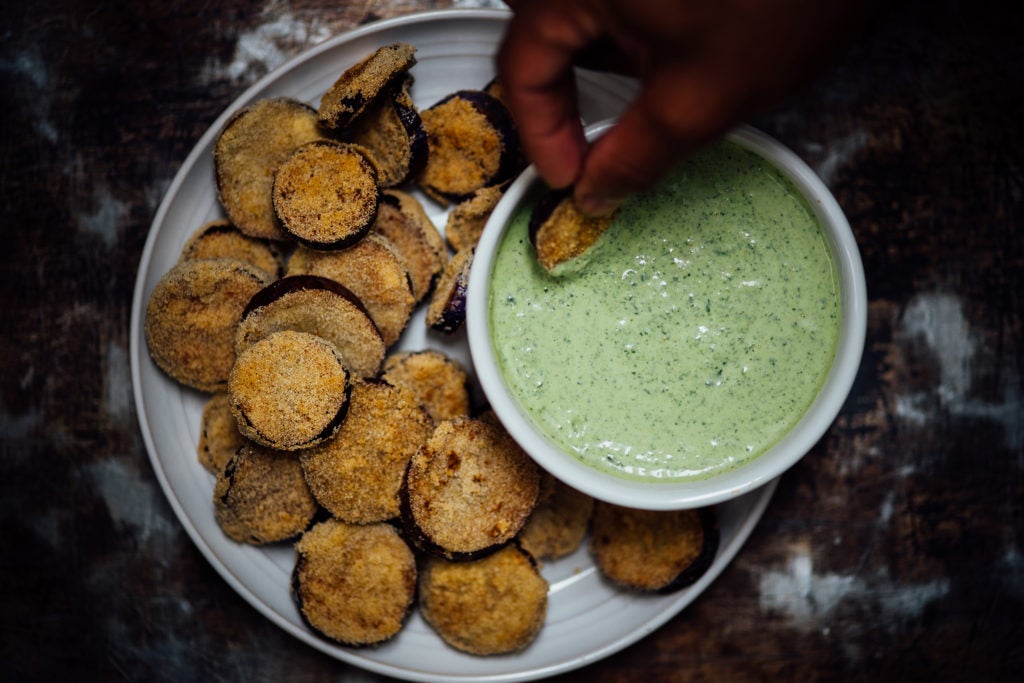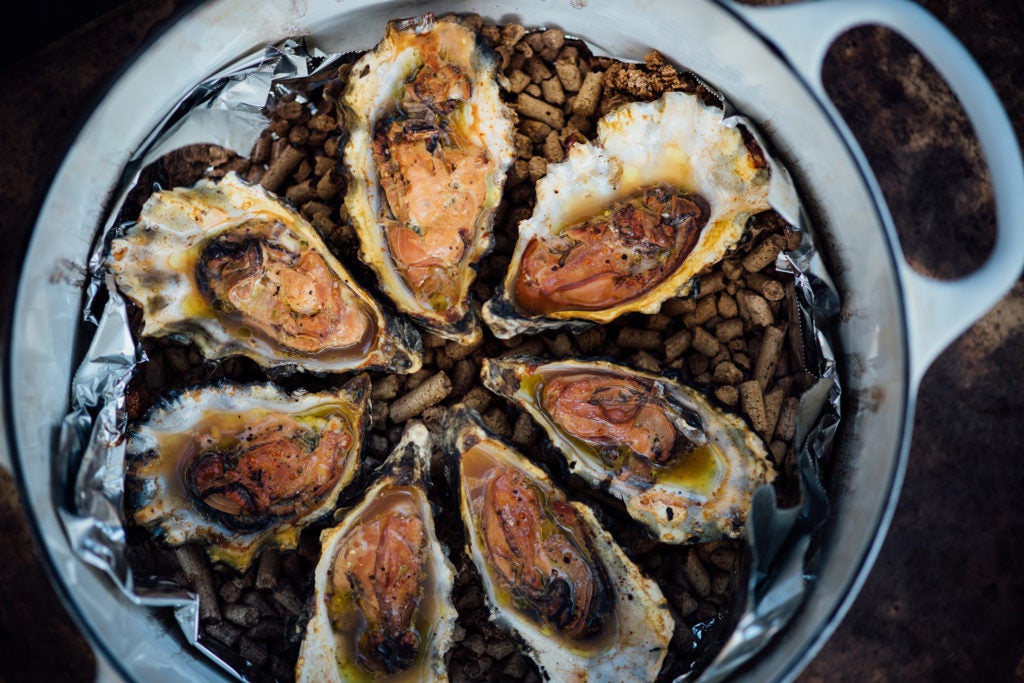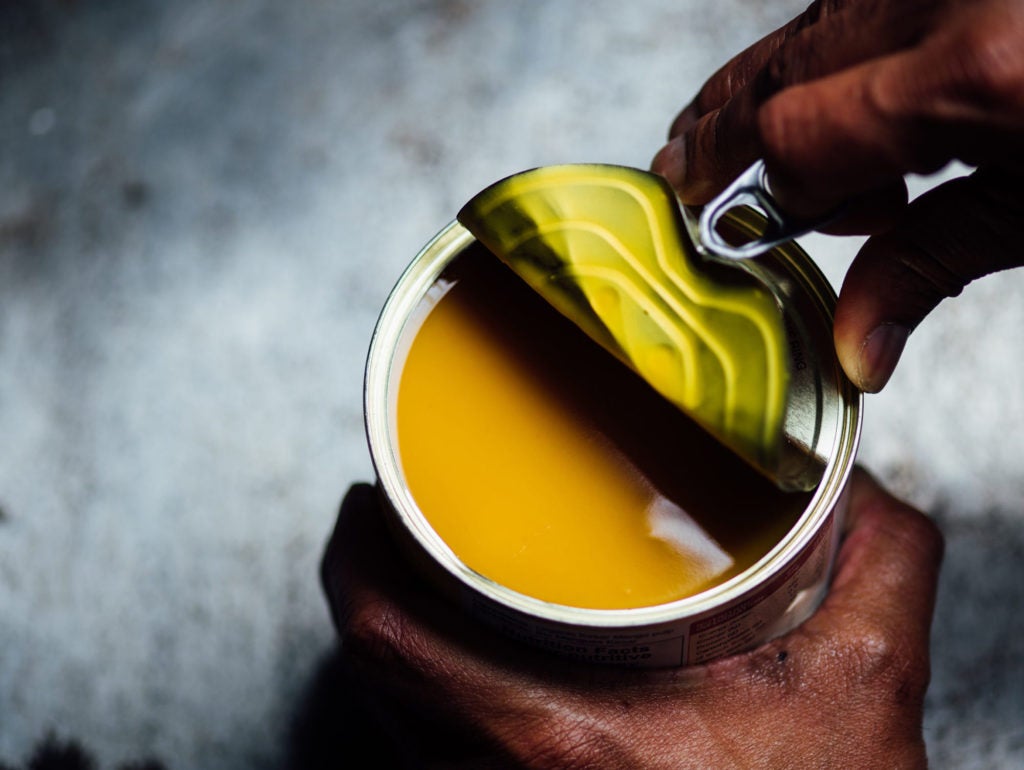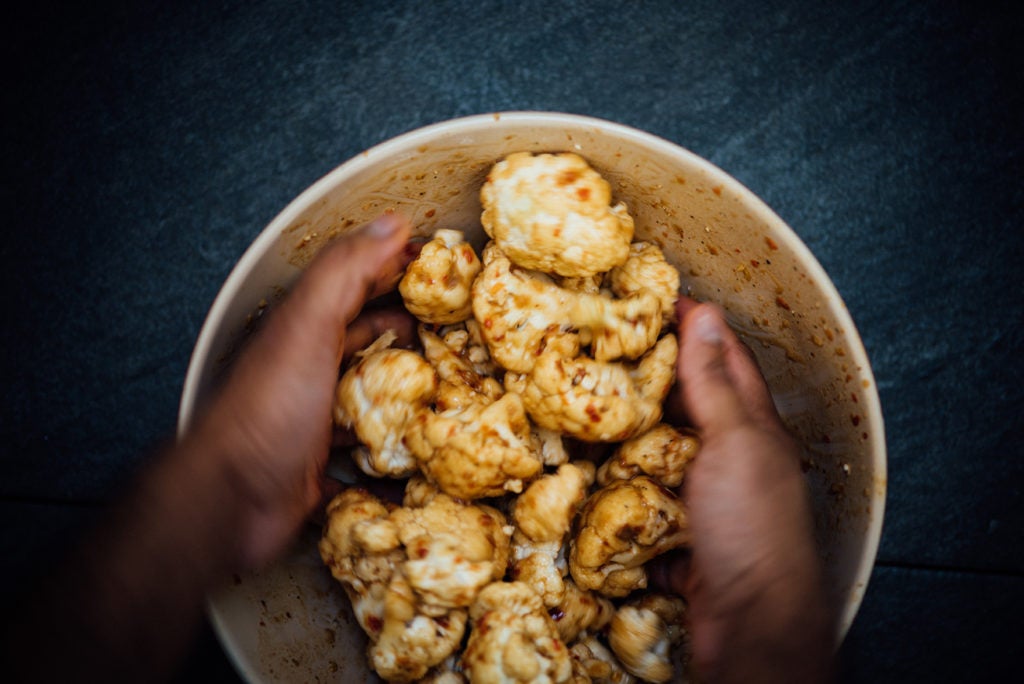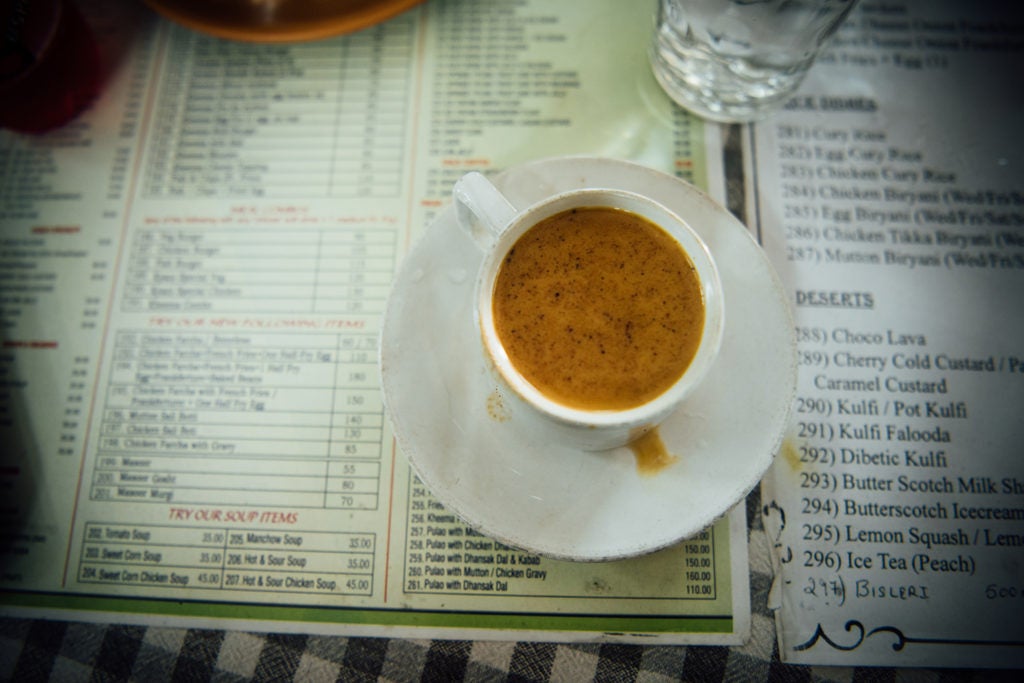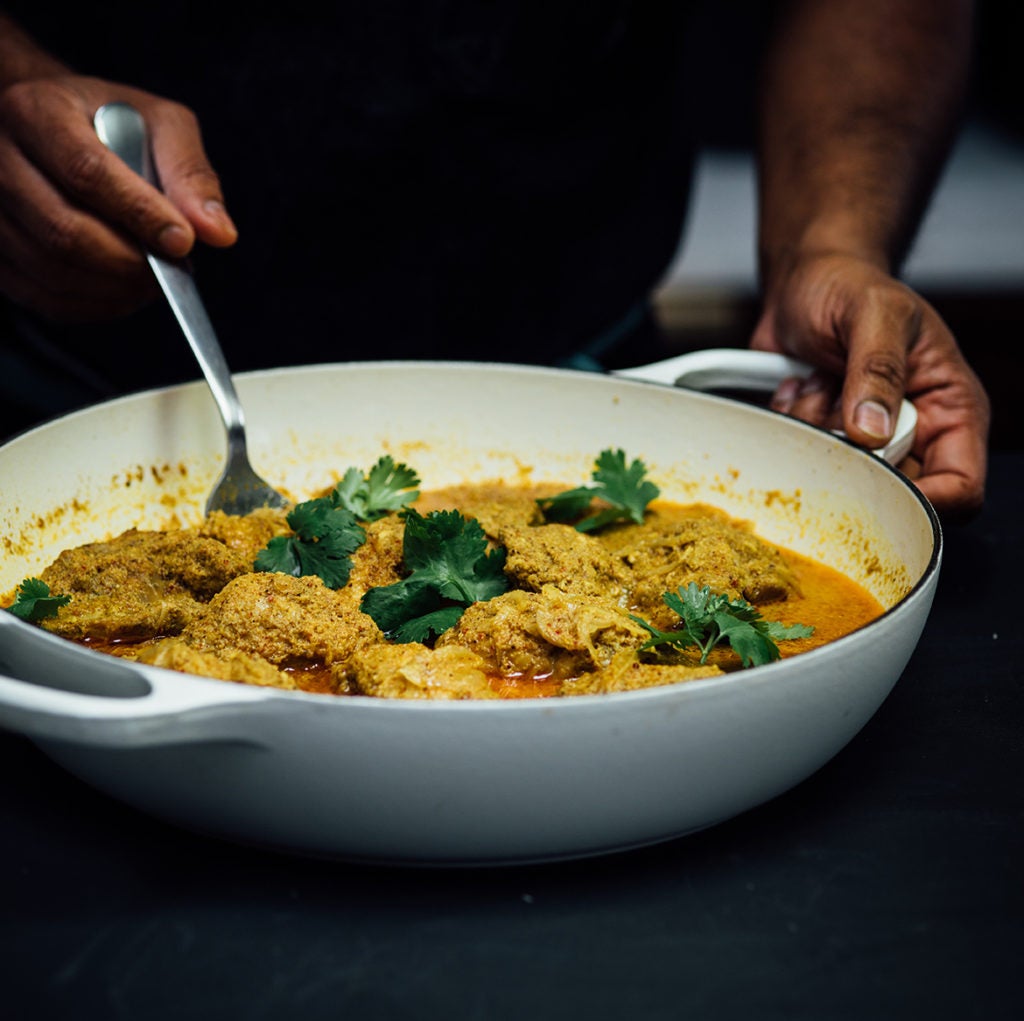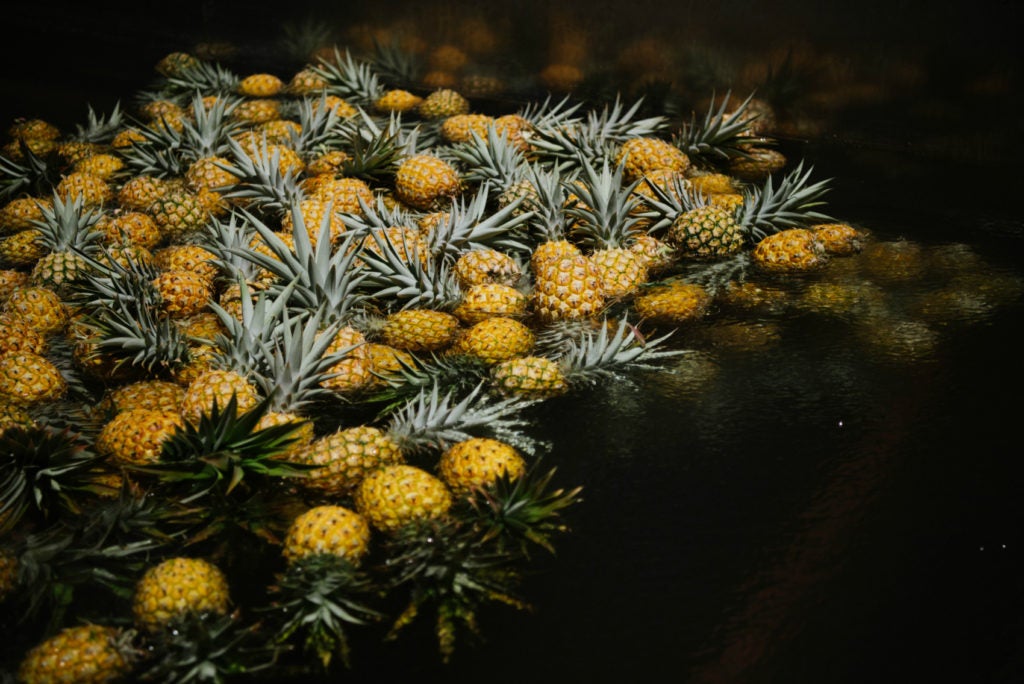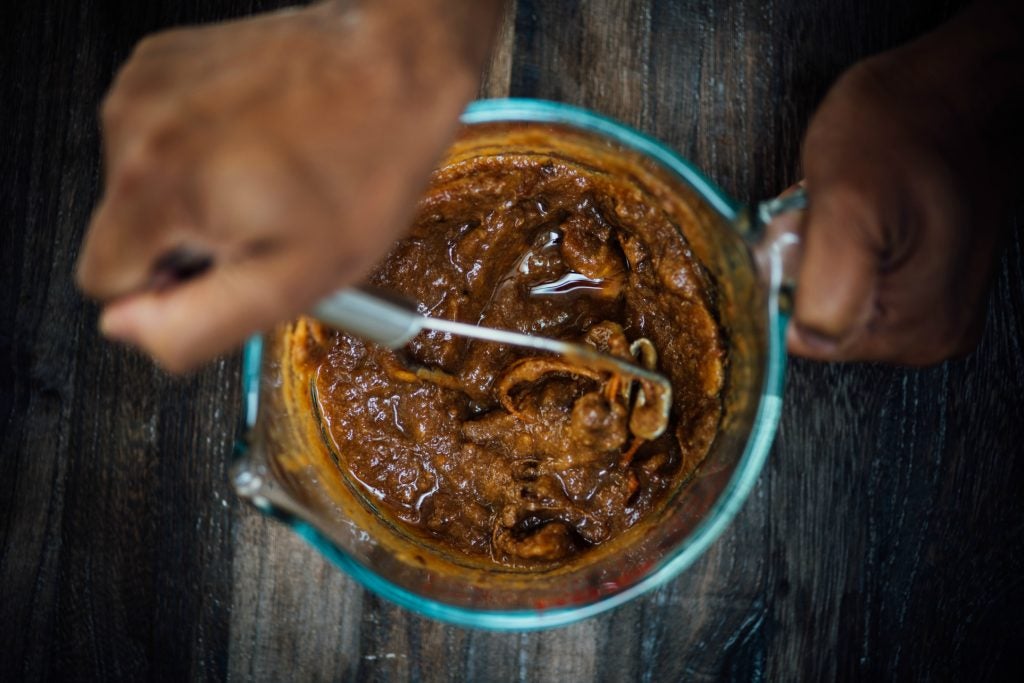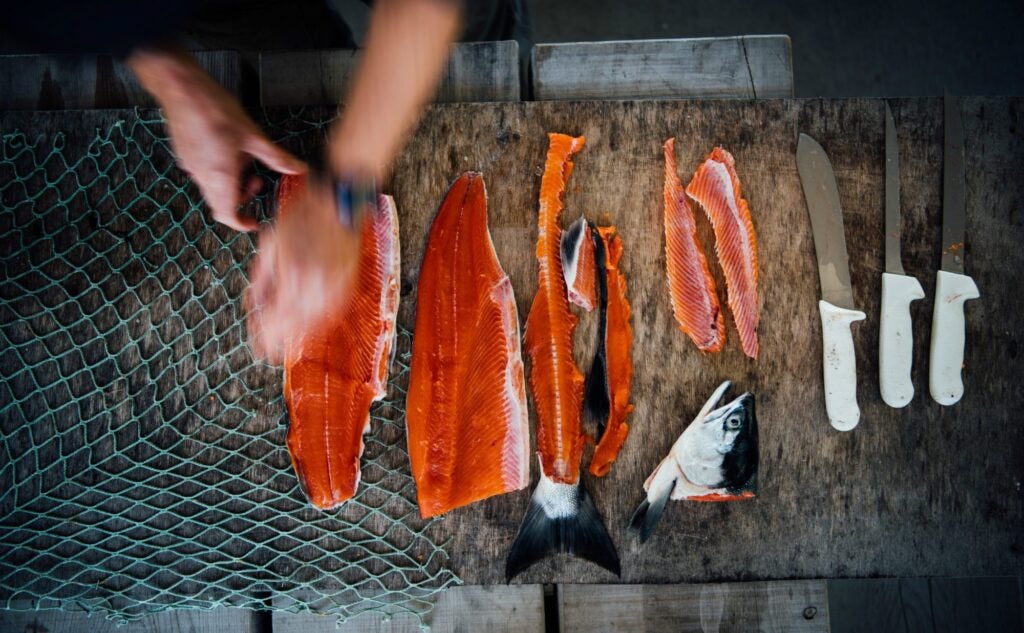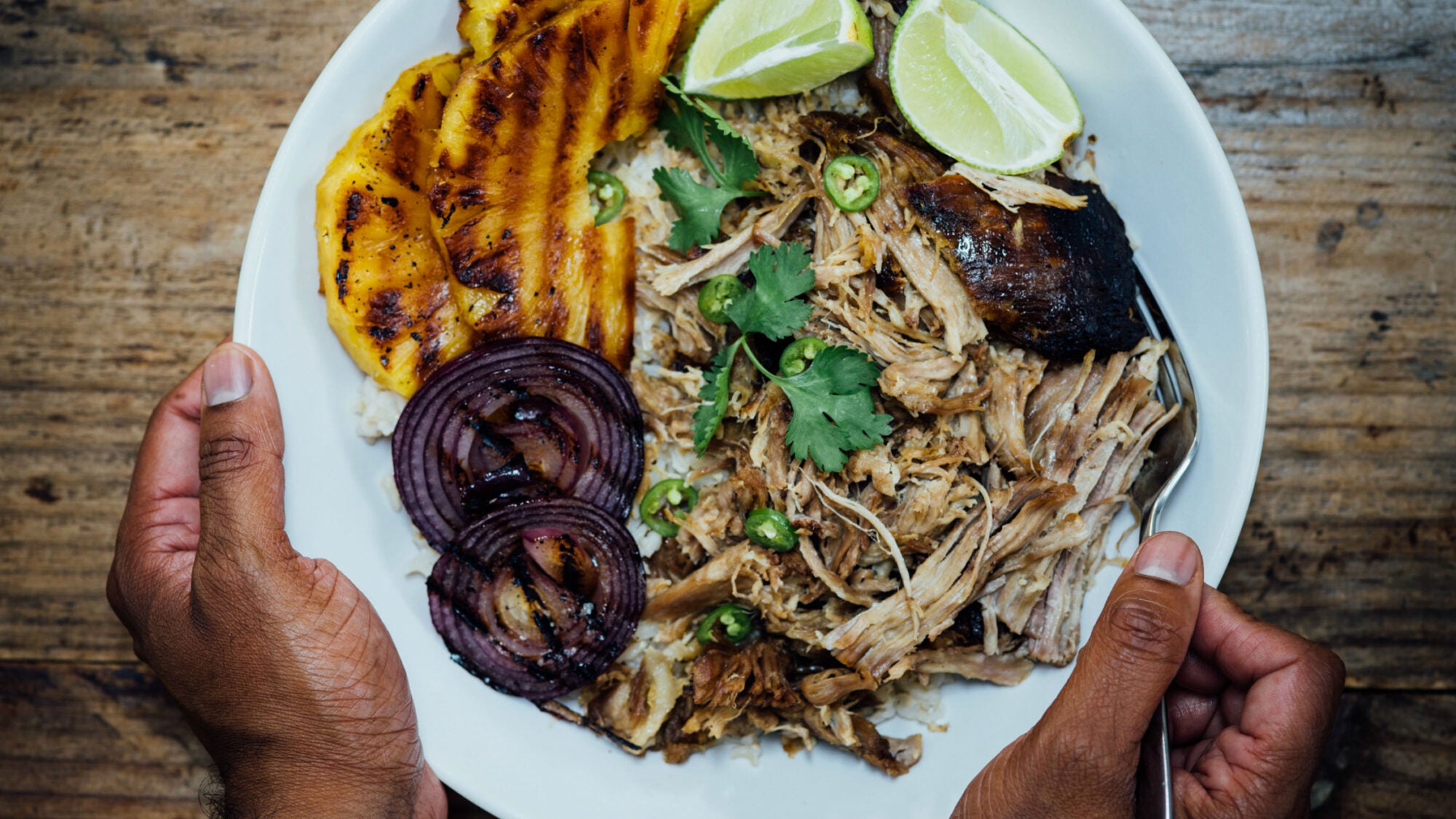
If you ask Nik Sharma, it’s about more than just science.
As a molecular biologist turned food writer, I’ve always been fascinated by the overlap between the two big Cs informing my life: chemistry and cooking. Once you understand the way that salt and sugar can transform a raw side of salmon into luxurious gravlax, or the way that pineapples can tenderize meat, you start to realize how inextricably linked the two are. As inquisitive cooks, we’re always applying the principles of science to our recipes, tweaking the quantity of our ingredients and techniques while playing with our flavor pairings.
But when it comes to our actual experience and enjoyment of flavor, science is only one piece of the equation. Memories, new experiences, and curiosity also drive our creativity in the kitchen. I’ve always considered flavor to be much more than the aroma and taste—rather, it’s a combination of our emotions, our ability to see the shapes and colors of our food, and the sounds that manifest during cooking and eating, all the while appreciating their varying textures.
My reported articles and recipes at TASTE reflect my curiosity for understanding flavor, from its molecular level all the way to its emotional effect. Making gravlax isn’t just about a chemical reaction—it’s about understanding traditional fishing and preservation techniques. The experience of sipping a cup of hot, milky chai isn’t just about the taste—it’s about the sound and fragrance that emanate as the liquid is poured into a cup from a stainless steel kettle against the backdrop of a bustling bakery. A pineapple picked straight from the plant in Maui may have a higher sugar content due to the warmer climate and rich volcanic soil, but it also tastes sweeter because you’re seeing it harvested right at the source.
My journey to understanding flavor is an ongoing process, told through my food. In my new book, The Flavor Equation, I share my experiences and story of what flavor really is, as well as its science, using recipes as a practical guide. Through photographs (some of which I took on a microscope) and colorful illustrations, the book takes a close look at how we use the ingredients in our pantry to build flavor. —Nik Sharma
